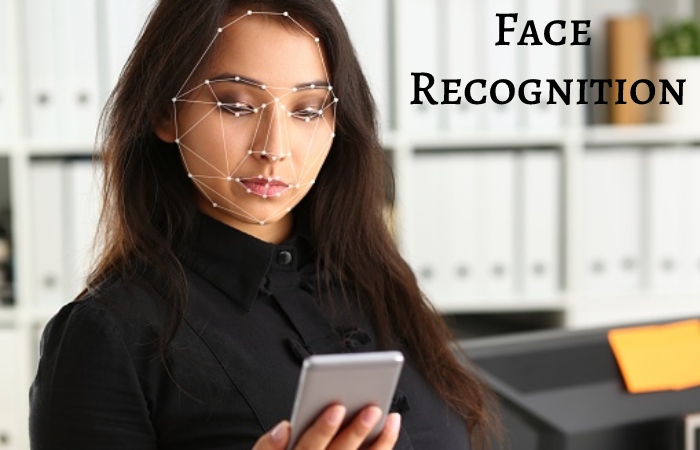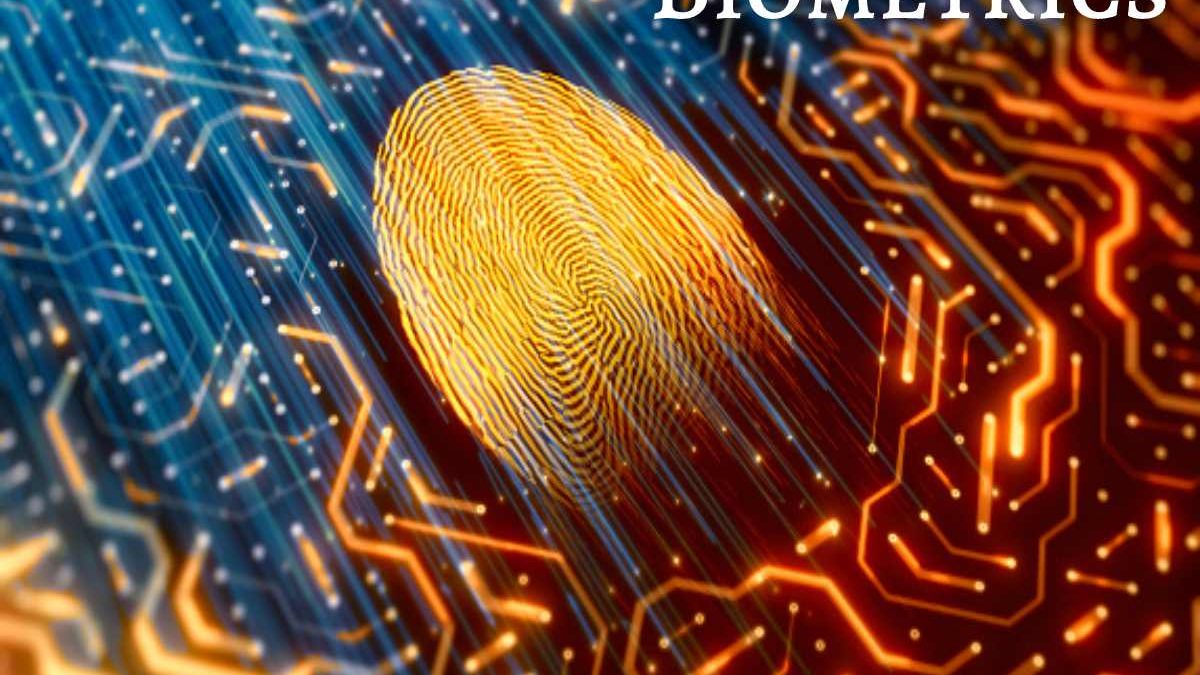Biometrics – Today, it is possible to verify our identity through a selfie, our voice or by putting our finger on the fingerprint reader of our mobile phone. Using those features that make us unique is a simple and secure way to access banking services over the Internet.
Human beings have physical characteristics that make us unique and differentiate us. We are talking about unrepeatable features such as the face, the fingerprint or the voice, among others. These values are called biometric data, and they are becoming more and more important when we talk about security in digital banking.
Just as we can identify our relatives and acquaintances by seeing or hearing them. Technology has enabled mobile phones, computers, tablets or video door entry systems to have the same recognition capacity. In this way, private information or physical and virtual facilities are protected from third-party access.
As we have said, biometrics uses those unique and non-transferable features of the human being. Hence, the authentication of security systems consists of creating and saving a model or data map that exclusively represents the user and compares it. When you request access, both in a physical and virtual space.
Since ancient times, security has been one of the great concerns of society. On the Openbank blog, you can find content reviewing how biometric identifiers have evolved throughout history.
Table of Contents
Examples of Biometric Authentication in Digital Banking
In the banking sector, using these biometric authentication systems represents an advance in protecting user data, replacing or reinforcing, for example, traditional alphanumeric passwords. They also serve as a reliable, fast and convenient verification method when using or contracting products and services. Here are some examples:

- It is, without a doubt, the most well-known and traditional biometric method. These marks on our fingertips make up a unique pattern that identifies us. Currently, most smartphones have a built-in fingerprint reader. So it is possible to carry out daily operations such as activating the mobile phone to pay or access digital banking.
- Face Recognition. It works just like our eyes when they identify a particular person: through the features of the face. Using the camera of the device (mobile phone, computer or tablet, among others), the image is captured. And a mathematical pattern is created to associate it with an identity, taking into account aspects such as the distance between the eyes, the position of the nose, the forehead size.
For example, in digital banking, it is possible to open a bank account through the smartphone. Using the camera to send a photograph of us and the identity document to compare both images and verify the data.
- Speech Recognition. This biometric verification method works the same as fingerprint or facial verification. The difference is that the data taken into account to verify the identity are those related to the voice, such as frequency, speed, cadence and other characteristics. There are examples of its application in customer service telephone services in the banking sector. People can prove their identity to access information about their products or users who cannot go to the bank branch to carry out punctual operations.
Advantages of Biometric Authentication
There are several advantages provided by biometric identification in the digital banking sector. Undoubtedly, the comfort and simplicity when using it are one of them. Whether it is about placing our fingers on a reader, taking a picture or simply talking on the phone. They are all actions that do not imply a greater difficulty, as could happen with passwords or codes, which are necessary to remember.
As there are no identical fingerprints, faces or voices, the security of this type of identification is greater. It is also a method that considerably reduces the chances of crimes such as phishing. A fraudulent practice with which cybercriminals seek to access our data by sending emails.
Finally, one of the advantages of biometric security is its continuous innovation because as technology advances, so do authentication methods. For example, one of the most recent steps in that direction is behavioural biometrics. Which takes into account a combination of factors to identify the legitimacy of banking customers’ transactions, such as the way they type on the keyboard. The frequent locations from which they carry out operations or their purchasing habits.
Also Read: Elon Musk Releases a Premium Version of Starlink. How Does it Work?

